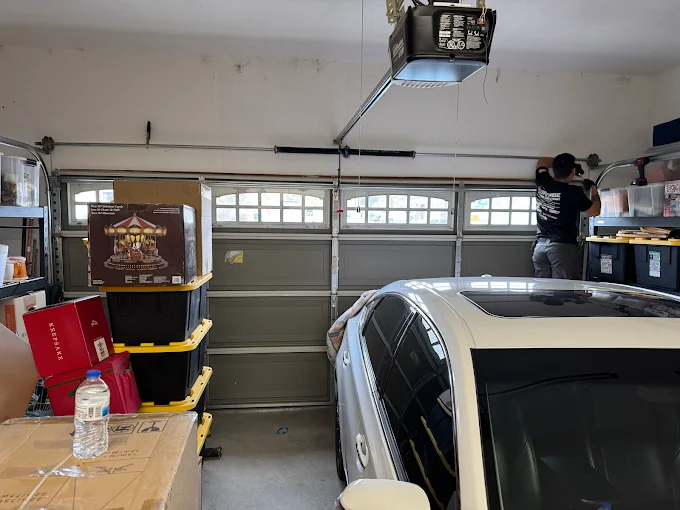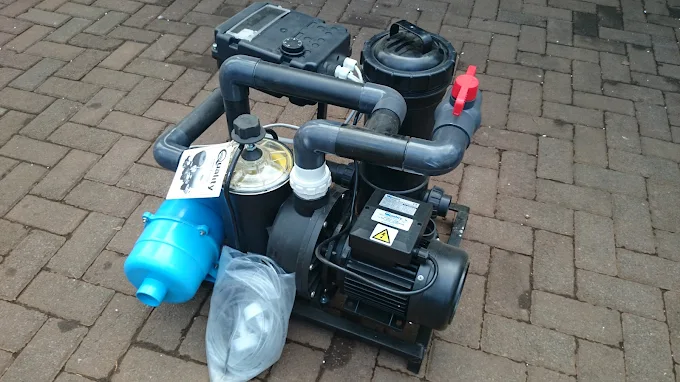Let’s cut to the chase—when it comes to workplace safety, no one wants to be the person reacting after something goes wrong. Especially not if you’re the one overseeing safety systems, compliance, or (let’s be honest) trying to get your team to actually follow protocols without rolling their eyes.
And if you’re working in environments where heavy machinery, complex logistics, or high-risk operations are the norm? Then you’re already juggling more than enough to know: safety isn’t a department. It’s not even a checklist. It’s a mindset. A culture. And that’s where ISO 45001 Training stops being a nice-to-have and starts becoming an essential part of the conversation.
So what does this training really offer? And why are more health and safety officers starting to pay closer attention to it—even if they’ve been in the field for years?
Let’s talk about it. No fluff. No buzzwords. Just what works.
Why ISO 45001 Isn’t Just Another Safety Standard
Okay, quick recap—ISO 45001 is the international standard for Occupational Health and Safety Management Systems (OHSMS). Sounds formal, right? But underneath that mouthful, it’s really about helping organizations prevent work-related injuries and create safer working conditions. It’s the only globally recognized standard that directly focuses on health and safety systems.
But here’s the part people miss: ISO 45001 Training isn’t just for ticking compliance boxes. It’s about equipping people—real people, with muddy boots and long shifts—with practical tools to recognize hazards, assess risks, and respond before things go sideways.
And the impact? It’s not abstract. It’s personal.
Because when safety becomes part of the way your team thinks—not just something they’re told—they stop walking past that dangling cable. They actually report the slippery stairwell. They speak up when something doesn’t feel right.
“That’s Just How We Do Things” Is a Dangerous Sentence
Let’s be real—complacency is a killer. Whether you’re managing a warehouse floor, overseeing field inspections, or juggling shift schedules, the temptation to fall back on “what’s always worked” is strong. Familiar systems feel safe, even if they’re outdated or barely functioning.
But hazards don’t care about traditions. And neither should we.
ISO 45001 Training helps break that cycle. It gives you a structure to re-evaluate your current systems—not just from a compliance standpoint, but from a human one. The training challenges you to ask things like:
- Are your incident reports just paperwork, or do they actually lead to change?
- Are your safety audits honest assessments or just scheduled rituals?
- Do your people feel empowered to speak up—or silenced by the hierarchy?
These aren’t easy questions. But ISO 45001 forces them onto the table. And once they’re there, it gets a lot harder to ignore the gaps.
From Lecture to Buy-In: What the Training Actually Looks Like
Now let’s talk format—because nobody wants another dry, jargon-heavy seminar that ends up collecting dust in your mental filing cabinet.
Most ISO 45001 Training programs blend theory with practice. You’re not just reading regulations or memorizing clauses. You’re learning how to:
- Conduct meaningful risk assessments (not the cookie-cutter kind)
- Identify root causes—not just symptoms—of recurring issues
- Design practical, everyday controls that people actually use
- Monitor and continuously improve your safety management system
And it’s not just about safety officers either. Good training encourages participation across departments—HR, operations, even procurement—because safety isn’t isolated to one role.
Honestly, when done right, the training feels less like school and more like building a smarter, leaner safety culture from the ground up.
“It’s Too Expensive” Is an Excuse (And a Risk)
Let’s talk about cost—because someone always brings it up. And it’s a fair point. Training takes time. Money. Resources. Maybe even a temporary dip in productivity.
But here’s the flip side: the cost of not training is often way higher.
Workplace injuries lead to lawsuits, downtime, equipment damage, reputation hits, and in worst-case scenarios—deaths. And if you’ve ever been the one handing over a report after an incident you know could’ve been prevented… then you’ve felt that sting.
ISO 45001 Training, especially when rolled out early and well, acts as a long-term investment. You’re not just avoiding fines; you’re improving morale, lowering turnover, and creating conditions where people don’t dread coming to work.
And when your crew feels safer, they work better. That’s not a motivational poster—it’s just common sense.
Safety Culture Is a Living Thing—You’ve Got to Feed It
Here’s the part a lot of companies miss: you don’t install a safety culture. You nurture it.
You can run a training session and hand out certificates, but if you go back to ignoring complaints, dismissing near-misses, and valuing speed over safety? That culture starts rotting from the inside.
ISO 45001 Training includes a strong emphasis on continual improvement. That’s not just about more forms or extra procedures. It’s about building systems that adapt. That listen. That change based on actual conditions in the field.
In practice, this might look like:
- Monthly “open floor” safety discussions without management hovering
- Real-time reporting tools (even WhatsApp groups work)
- Anonymous suggestion channels for workers who are hesitant to speak out
No, it’s not always smooth. Culture shifts are messy. But if safety is baked into your values—not stapled on the outside—people notice. And they follow.
What Makes ISO 45001 Training Different from the Rest?
We’ve all sat through lifeless safety trainings that feel like someone reading a PowerPoint aloud. So what sets this one apart?
A few things:
- It’s globally recognized – That means consistency across countries, projects, and partners.
- It uses a risk-based approach – Not just responding to issues but identifying and controlling them before they happen.
- It includes worker participation – Real input, not just signatures at the bottom of a form.
- It integrates with other systems – Like ISO 9001 or 14001, which is huge for companies trying to streamline.
- It’s built for real-world relevance – Not just policy—it considers behavior, culture, and communication.
If you’re tired of safety programs that only scratch the surface, ISO 45001 Training digs deeper.
Is the Training Difficult? That Depends on the Attitude
This question comes up a lot: “Is ISO 45001 Training hard?”
And the honest answer? It depends.
If your team already values safety and wants to improve, the training feels natural—like upgrading tools you already use. If there’s resistance, if people are stuck in “we’ve always done it this way,” then yeah, it’s a climb.
But that climb’s worth it.
The material itself isn’t overly complex, especially when taught by skilled trainers who speak your language—literally and culturally. And most training providers tailor content to your industry. So whether you’re in logistics, utilities, manufacturing, or engineering, the examples make sense.
You won’t walk out of training with a halo of enlightenment, sure—but you will have a playbook. A plan. And probably a few uncomfortable realizations, too. Which, honestly, is where real growth begins.
Wrapping Up: Why You Should Care (Even If No One Else Does)
Let’s end on a personal note—because that’s what safety is. It’s personal.
Every policy you write, every training you attend, every time you stop a rushed worker from cutting a corner… it matters. You might not get a thank-you. No one might even notice.
But maybe someone goes home with all ten fingers because you paid attention.
Maybe a father gets to see his daughter graduate. Maybe a contractor finishes his shift with nothing more than a sore back and a full day’s wage.
That’s the real impact of ISO 45001 Training. It’s not flashy. It’s not glamorous. But it is powerful. And it starts with you.
So take the training. Ask the tough questions. Challenge the status quo.
Because safe workplaces don’t build themselves.




